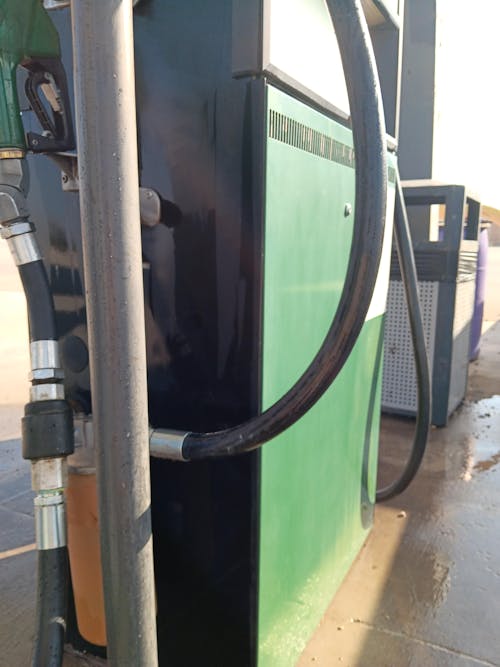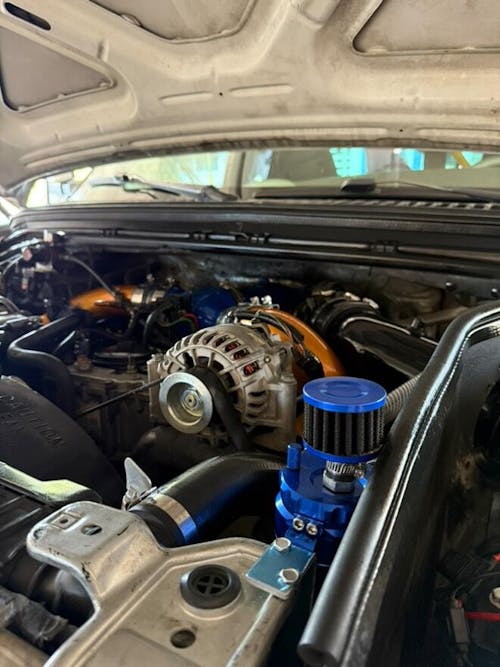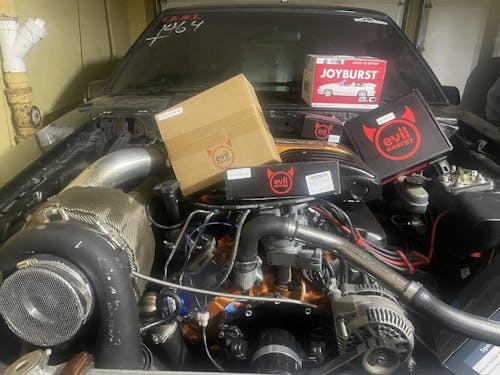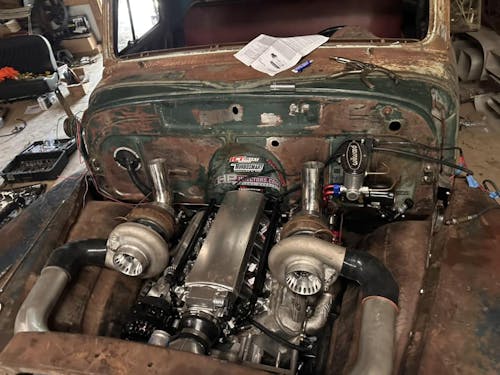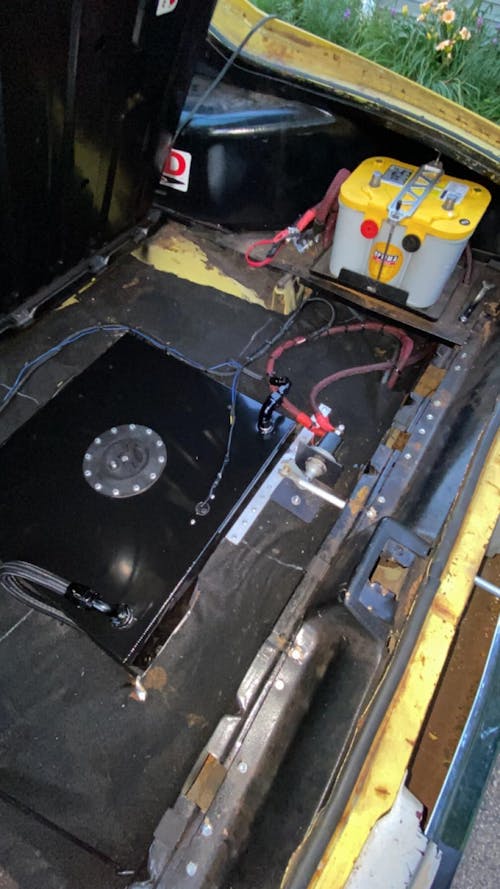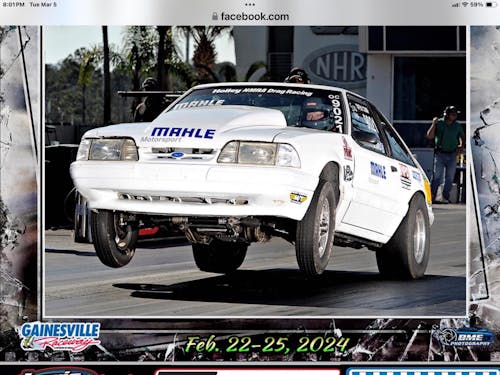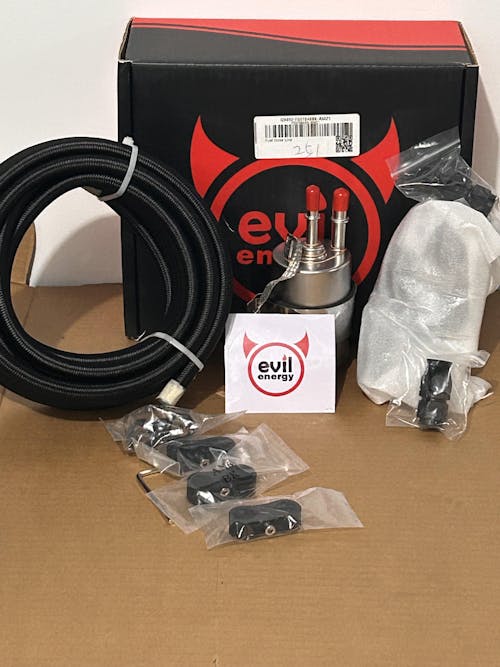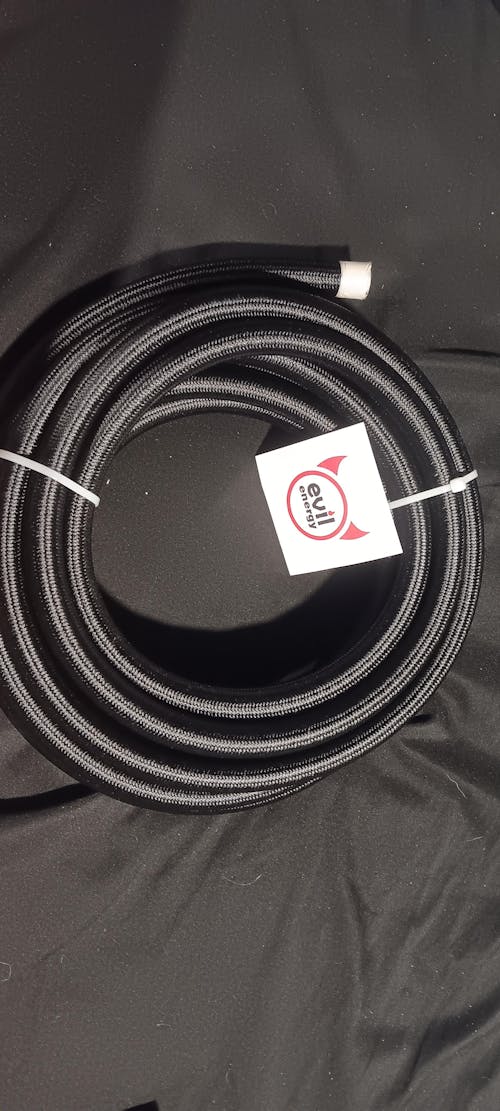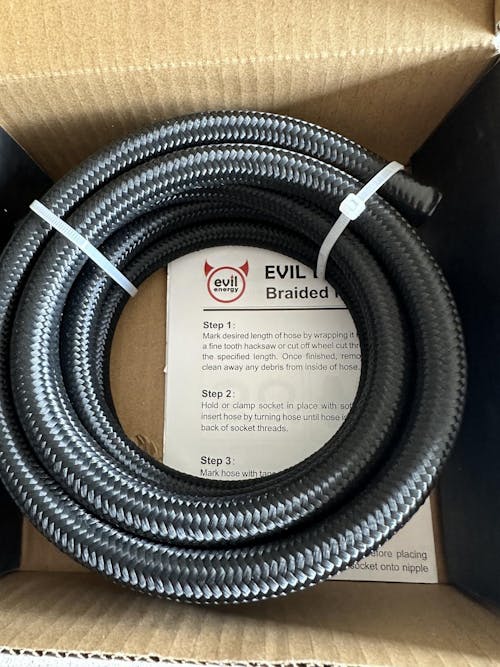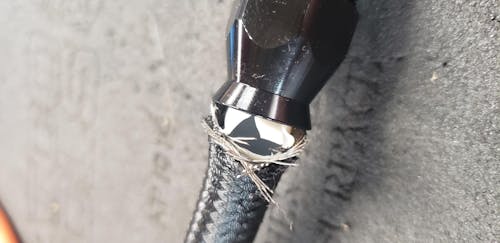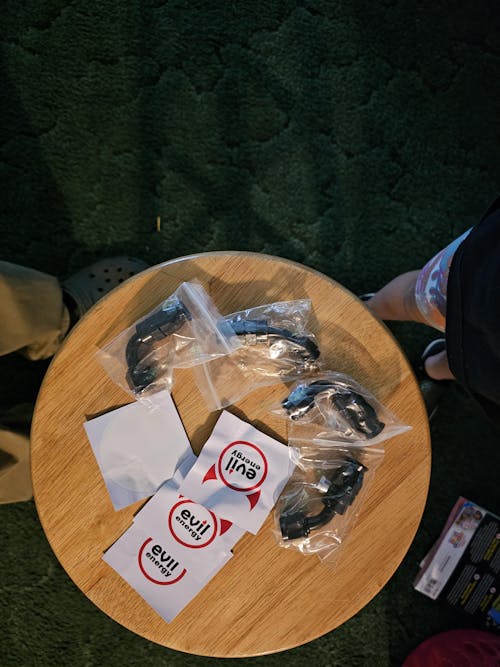How to Tell if Your Fuel Filter is Bad: A Comprehensive Guide
Is your car showing signs like sluggish acceleration or difficulty starting? A failing fuel filter could be to blame. This essential component protects your engine by keeping fuel clean and flowing smoothly. In this guide, we’ll cover the symptoms of a bad fuel filter, its impact on performance, and how to maintain it for a reliable, efficient vehicle.
Understanding the Role and Importance of a Fuel Filter
Functionality of a Fuel Filter
A fuel filter is a crucial component of a vehicle's fuel system, responsible for removing impurities like dirt, rust, and sediment from fuel before it reaches the engine. With two main filters—the strainer in the fuel tank and the filter in the fuel line—it ensures smooth fuel flow and protects the engine from contaminants. This not only keeps the fuel injectors clean but also enhances overall engine performance and efficiency.
Benefits of a Well-Maintained Fuel Filter
- Boosts fuel efficiency: A clean filter allows the engine to burn fuel more effectively.
- Extends vehicle lifespan: Regular maintenance prevents costly engine repairs and supports vehicle longevity.
Maintaining your fuel filter is critical for modern engines, which demand precision and cleanliness for optimal performance.
Identifying Common Symptoms of a Bad Fuel Filter
Difficulty Starting the Vehicle
A clogged fuel filter restricts fuel flow, making it hard for the engine to receive the fuel pressure needed for ignition. Symptoms include slow starts or longer cranking times, often resulting in combustion issues.
Rough Idling and Engine Misfires
An inconsistent fuel supply due to a clogged filter can lead to unstable idling, misfires, and irregular RPM readings. This is especially evident during acceleration or idle, where backfiring may also occur.
Poor Engine Performance and Acceleration
Sluggish acceleration and reduced power output can signal a dirty or blocked fuel filter. This problem forces the engine to work harder with limited fuel, impacting performance during high speeds or increased demands.
Understanding the Check Engine Light and Fuel Filter Issues
How the Check Engine Light Relates to Fuel Filters
Modern sensors detect drops in fuel pressure caused by clogged filters. This triggers the Check Engine light, which may indicate low fuel pressure or other related issues, such as a P0171 OBD-II code.
Steps to Take When the Light Illuminates
- Inspect symptoms like slow starts, misfires, or unusual fuel pump noises.
- Conduct a fuel filter check or seek professional assistance to identify and address the root cause.
Prompt action can prevent further engine complications and maintain optimal performance.
Evaluating Fuel Efficiency and Fuel Filter Health
Impact of a Clogged Fuel Filter on MPG
A clogged filter restricts fuel flow, forcing the engine to work harder and consume more fuel. This results in decreased miles per gallon (MPG) and increased emissions.
Monitoring and Calculating Changes in Fuel Economy
- Use apps or manually calculate MPG by dividing miles driven by fuel consumed.
- Onboard diagnostics (OBD) systems can provide real-time fuel efficiency data.
Regular tracking helps identify early signs of a failing fuel filter, allowing timely intervention.
Proactive Maintenance: Replacement Frequency and Methods
Recommended Replacement Intervals
Fuel filters typically need replacement every 37,000–75,000 miles or every four years, depending on the vehicle's make, model, and regional fuel quality. Consult the owner's manual for specifics.
Related reading:How Often Should You Change Your Fuel Filter?

DIY Replacement Steps
- Gather tools and parts: Ensure you have the correct filter and necessary equipment.
- Relieve system pressure safely: Depressurize the fuel system to avoid leaks or sprays.
- Remove the old fuel filter: Follow vehicle manual instructions, noting the filter orientation.
- Install the new filter: Securely attach the new filter, ensuring proper connections.
- Test the system: Check for leaks and confirm the engine runs smoothly post-replacement.
Conclusion
Keeping your fuel filter in good shape is a simple but important part of car maintenance. Noticing the warning signs early and replacing a clogged filter can save you from expensive repairs and frustrating breakdowns. It also helps your car run more efficiently, giving you better mileage and a smoother ride.


![EVIL ENERGY 4/6/8/10AN PTFE Fuel Line Kit | E85 Nylon Braided Hose | 16/20FT Black Black with Comprehensive Fittings [20FT]](http://www.ievilenergy.com/cdn/shop/files/Test-2025-Evilenergy-125598065_165x.png?v=1742144807)
![ptfe hose fitting kit [16FT]](http://www.ievilenergy.com/cdn/shop/files/Test-2025-Evilenergy-125598171_165x.png?v=1742144807)
![CPE Fuel Line[25FT]](http://www.ievilenergy.com/cdn/shop/files/25FTCPE_FuelLine_165x.png?v=1735220649)
![CPE Fuel Line[20FT]](http://www.ievilenergy.com/cdn/shop/files/20FTCPE_FuelLine_165x.png?v=1735220649)




